Purchasing an established investment property can be a rewarding way for current and former Australian Defence Force members to build long-term wealth. Unlike buying your first home, investment property purchases come with different considerations, loan structures, and financial implications that require careful planning.
Understanding Investment Loan Options
When you're ready to invest in real estate, working with a finance and mortgage broker who understands the ADF community can provide access to investment loan options from banks and lenders across Australia. These loans differ significantly from standard home loans, with varying interest rates, loan to value ratio (LVR) requirements, and lending criteria.
Investment loans typically allow borrowing up to 80% of the property's value without lenders mortgage insurance (LMI), though some lenders may approve higher ratios with LMI. The loan amount you qualify for depends on your borrowing capacity, which considers your income, expenses, existing debts, and the potential rental yield of the investment property.
Choosing Your Investment Property Type
Established investment properties come in various forms, each with distinct advantages:
• Apartments: Often provide strong rental yields in urban areas with high tenant demand
• Townhouses: Offer a balance between maintenance responsibilities and rental appeal
• Stand alone dwellings: Typically provide capital growth potential with broader tenant appeal
When you research property options, consider factors like location, proximity to transport, schools, and employment centres. These elements significantly impact rental demand and potential capital growth.
Financial Considerations for ADF Members
As an ADF member, your unique employment circumstances can work in your favour when applying for an investment loan. Regular income, job security, and potential for career progression are viewed positively by lenders. However, deployments and postings may affect your application process, making it important to work with brokers who understand military life.
Key costs to budget for include:
- Property purchase price and associated legal fees
- Stamp duty (varies by state and property value)
- Building and pest inspections
- Ongoing property management fees
- Council rates, insurance, and maintenance costs
Interest Rate Options and Loan Features
Investment property loans typically carry higher interest rates than owner-occupier loans. You'll need to choose between variable interest rate and fixed interest rate options, or a combination of both. Variable rates fluctuate with market conditions, while fixed rates provide certainty for a specified period.
Many lenders offer interest rate discounts for larger loan amounts or when bundling multiple banking products. Some investment loan options include features like offset accounts, which can help reduce interest costs using your savings.
The Application Process
The investment loan application requires comprehensive documentation, including:
• Recent bank statements (typically three to six months)
• Pay slips and ADF income statements
• Tax returns and rental property income projections
• Details of the property you're purchasing
A streamlined application process often results from working with experienced brokers who understand lender requirements and can present your application professionally.
Calculating Investment Loan Repayments
When calculating investment loan repayments, factor in the investment loan interest rate and your loan term. Many investors choose interest-only repayments initially to maximise cash flow, though this means the loan amount doesn't reduce during the interest-only period.
Consider how rental income will offset your repayments. A property with strong rental yield can significantly improve your investment's cash flow position.
Tax Implications and Negative Gearing
Negative gearing occurs when your rental property expenses exceed rental income, creating a tax-deductible loss. This strategy can provide tax benefits, particularly for ADF members in higher tax brackets. However, your property investment strategy should focus on long-term capital growth rather than relying solely on tax benefits.
Deductible expenses typically include:
• Loan interest payments
• Property management fees
• Maintenance and repairs
• Insurance premiums
• Council rates and strata fees
Building Your Investment Property Portfolio
For many ADF members, purchasing their first investment property is the foundation of a broader investment property portfolio. The equity gained from your first property can help finance subsequent purchases, accelerating wealth creation over time.
The property market experiences cycles, and timing your purchases strategically can enhance returns. However, focusing on properties in locations with strong fundamentals often proves more valuable than trying to time market movements perfectly.
Property Investment Loan Features to Consider
Modern investment loans offer various features designed to help property investors:
• Offset accounts: Link your savings to reduce interest charges
• Redraw facilities: Access extra repayments when needed
• Split loan options: Combine fixed and variable rate portions
• Professional packages: Bundled services with potential fee waivers
Buying a rental property requires careful consideration of these features to ensure your loan structure supports your investment goals.
Investing in established properties offers ADF members a proven path to wealth creation. With proper planning, appropriate financing, and professional guidance, you can build a successful property investment portfolio while serving your country.
Call one of our team or book an appointment at a time that works for you to discuss your investment property financing options.



